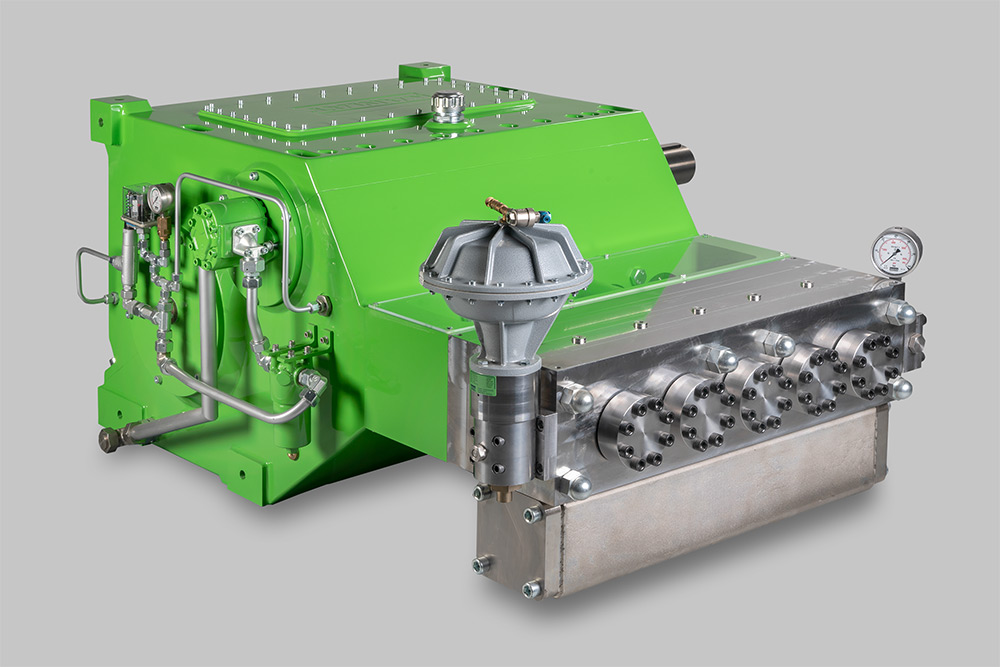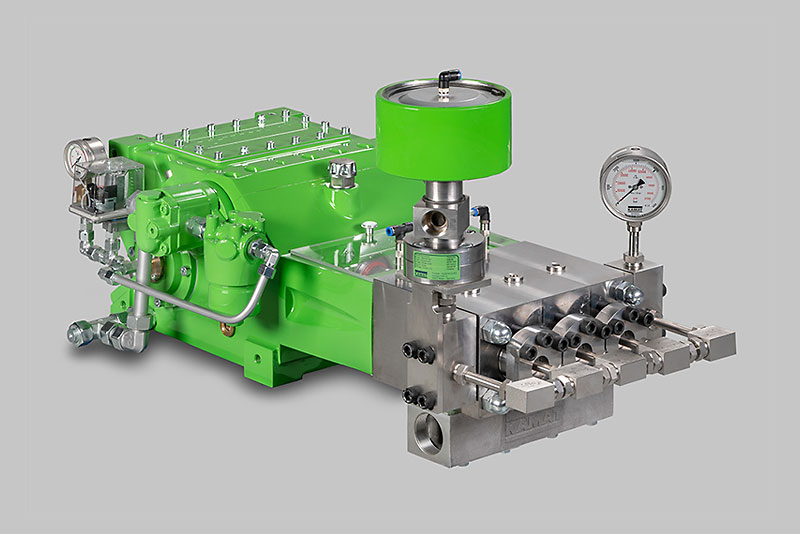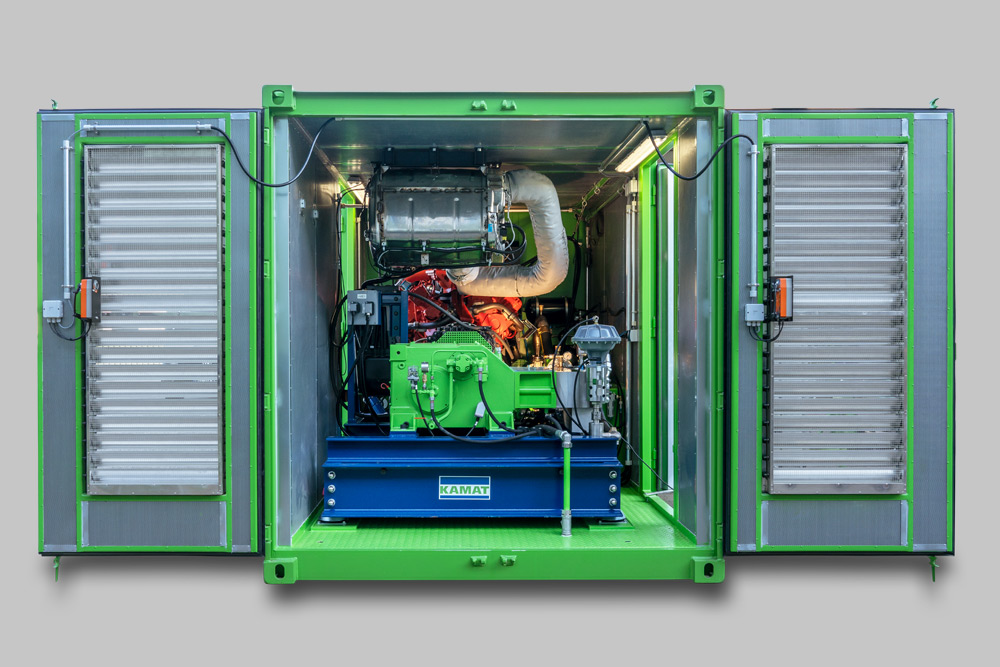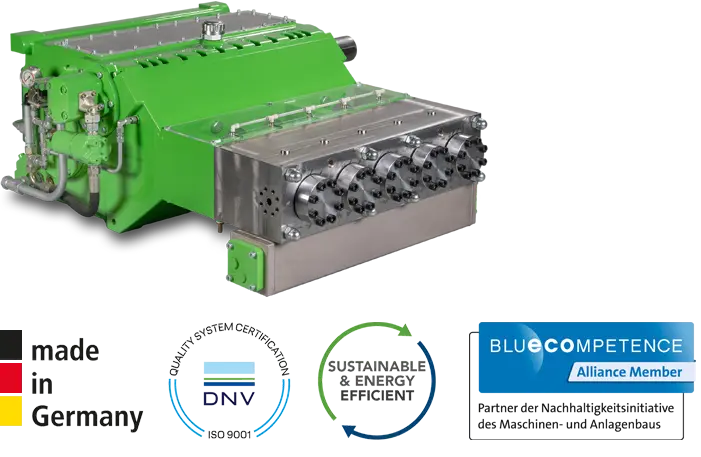What is the role of CO2 storage in the CCS process to reduce emissions?
The need to effectively combat climate change is becoming increasingly urgent. One of the key tasks is to reduce the concentration of greenhouse gases in the atmosphere. In particular, carbon dioxide (CO2), which is mainly produced when fossil fuels are burned, plays a crucial role.
Development of CO2 capture and storage technologies
Recently, industry has been developing various technologies and methods to capture and safely store this gas so that it is not released into the atmosphere. One such approach is carbon capture and storage (CCS). This involves capturing CO2 at sources such as power plants or industrial facilities and then storing it safely.
The role of CO2 storage
CO2 storage plays a critical role in reducing CO2 emissions. Capturing and storing CO2 at its source prevents it from entering the atmosphere and contributing to global warming. The captured CO2 is safely and permanently stored in suitable geological formations, such as depleted oil or gas fields, saltwater reservoirs, or porous rock formations. In addition, the stored CO2 resource can potentially be used in the future to generate energy or manufacture products.

Plunger pumps in CCS systems
Plunger pumps in CCS systems play a critical role in the efficient storage of CO2. They generate the pressure needed to efficiently compress the CO2 and pump it into storage sites. Their special design allows them to handle large volumes of CO2 with high speed and precision.
Their main tasks include:
CO2 compression: In order to store and transport CO2 efficiently, it must be converted to a liquid state. This is accomplished by compressing the CO2 to high pressures. Pumps generate the high pressures needed to liquefy the CO2.
Transporting the CO2: After compression and liquefaction, the CO2 is further pressurized and transported through pipelines to storage sites. High-pressure pumps ensure reliable and efficient transport of the CO2 over long distances.
Injection into storage sites: In underground storage, the liquefied CO2 is injected into geological formations in a controlled manner. High-pressure pumps generate the high pressure needed to inject the CO2 into the storage sites. This process is also known as CO2 injection. The high pressure pumps allow precise monitoring and control of the injection process.
Because of their ability to generate high-pressure and efficiently handle large volumes of CO2, plunger pumps are essential to the entire CO2 storage process in CCS systems. They make a significant contribution to reducing emissions and mitigating climate change.
Advantages of KAMAT high-pressure pumps for CCS systems
Material compatibility:
CO2, especially in its supercritical form, can be corrosive. Therefore the materials of the pump and its components must be corrosion resistant. KAMAT pump heads are made of forged stainless steel, the internal parts are uncoated and all components are made of solid material.
Pressure and temperature management:
This is a crucial aspect when using pumps. They must be able to cope with the high pressures and temperatures involved in compressing and pumping CO2. This requires robust and reliable pump designs as well as effective cooling and pressure control systems. KAMAT positive displacement pumps offer decisive advantages:
- High inlet pressures: KAMAT high-pressure pumps can operate at high inlet pressures. In order to keep CO2 in the liquid phase, it must be pressurised to at least 73 bar. KAMAT pumps easily meet this requirement.
- High volume flow: The efficiency of carbon storage is highly dependent on the volume flow of the pumps used. KAMAT pumps provide the high volume flow required for this process. They can handle liquid volumes in excess of 9 m³/min, equivalent to more than 400 tonnes per hour.
- Wide temperature range: Some applications require pumps to operate over a wide temperature range. KAMAT pumps are designed for this and can operate at temperatures from -50 to 200°C.
Energy efficiency:
The compression and pumping of CO₂ is an energy intensive process. Therefore, the high energy efficiency of KAMAT high-pressure pumps is a decisive factor for the economic and environmental compatibility of CO₂.
Maintenance and reliability:
KAMAT positive displacement pumps are reliable, preventing downtime and potential leaks. They are also very low-maintenance and can remain on site for maintenance. Seals can be changed quickly without dismantling major components. The modular system means that any spare parts can be supplied quickly.
Safety:
The pump is virtually hermetically sealed thanks to the built-in ceramic pistons and the perfect combination of an aramid carbon fibre packing sealing system and secondary seals. Any leakage over time is easy to detect.
Drive:
KAMAT pumps can be driven by any type of drive. Industrial diesel engines with low emissions are suitable for areas without a suitable power supply.
KAMAT scope of delivery for CCS systems:
- KAMAT high-pressure pump
- Stainless steel suction line for high-pressure
- Suction flow stabiliser
- Drive system (hydraulic, electric, combustion engine)
- Flexible coupling, easily separable with protective cover
- Pump control unit
- Motor starter
- Frequency converter
- Base frame with damping feet
- Pressure relief valve with bypass against suction pressure
.
Please note that the selection of the correct CO2 positive displacement pump depends on several factors, including the required flow rate, pressure, temperature and the type of CO2 to be pumped (liquid or gaseous). It is advisable to consult our technical experts to determine the best pump for your specific application.
.
Discover more information in our free PDF brochure on CO2 storage
What is CO2 Capture and Storage (CCS)?
Carbon capture and storage (CCS) is a process that captures carbon dioxide (CO2) from industrial sources or directly from the air, transports it and then stores it in safe underground geological formations. Here is a more detailed explanation of how CCS works:
Carbon Capture:
The first step in CCS is to capture carbon dioxide emissions. There are different technologies and methods for capturing CO2, depending on the source. The most common method is post-combustion capture, where CO2 is separated from the flue gas after the combustion of fossil fuels. Another technique is pre-combustion capture, used in industrial processes such as gasification, where CO2 is captured before the fuel is burned. Captured CO2 can also come from natural gas processing or direct air capture.
Transport:
Once the CO2 is captured, it must be transported to the storage site. Transport can be via pipelines, trucks, ships or even by converting the CO2 into a solid form such as dry ice to make it easier to transport. The choice of transport method depends on the distance to the storage site and the volume of CO2.
Storage/Utilisation:
The final step is to store the captured CO2 deep underground to prevent it from entering the atmosphere. This is usually done by injecting the CO2 into suitable geological formations. The most common storage sites are depleted oil and gas reservoirs, deep seawater reservoirs and unminable coal seams. These formations must have certain characteristics to ensure safe and long-term storage of the CO2, such as impermeable rock layers on top to prevent leaks and sufficient storage capacity for large volumes of CO2.
It is also possible to utilise the captured CO2 by reusing it for various purposes, such as the production of chemicals and food, as a fuel or for use in industrial processes. This allows the CO2 to be put to good use rather than simply stored.
Monitoring and Verification:
Continuous monitoring of stored CO2 is essential to ensure its integrity and to detect potential leaks. Various monitoring techniques are used, such as seismic monitoring, geochemical analysis and satellite monitoring. This helps to verify the effectiveness of the storage site and ensure the safe storage of CO2.





